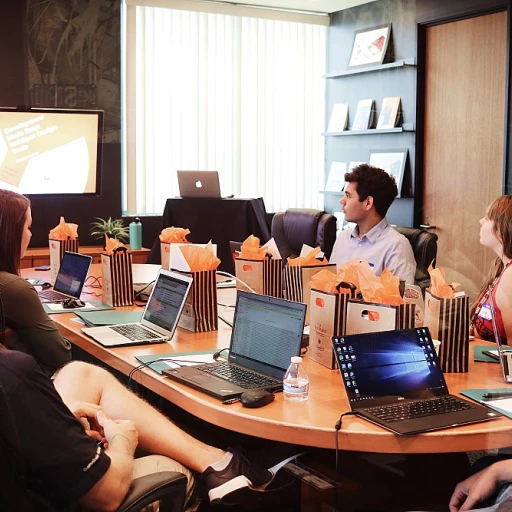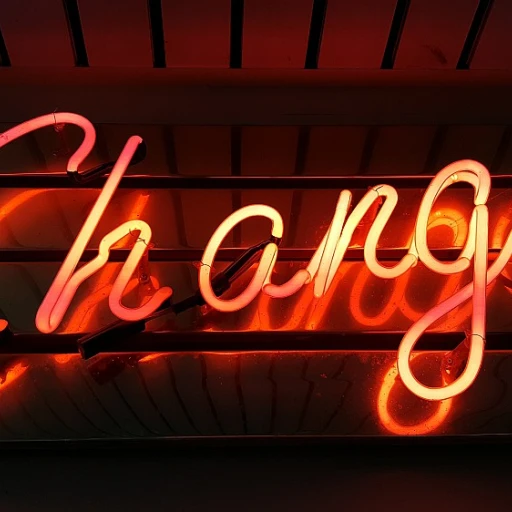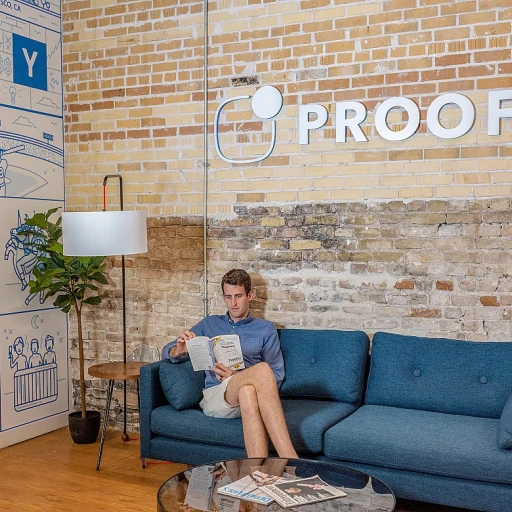
Understanding the Importance of Labels in Office Management
In the dynamic landscape of office management, particularly within Arabian Emirate companies, maintaining an organized workspace is pivotal. The application of effective labeling in a professional setting is not merely a choice of aesthetics, but rather a strategic approach to enhance both functionality and productivity.
Enhancing Workplace Efficiency with Labels
Labels serve as a cornerstone of efficient office systems, allowing individuals to identify items without wasting crucial time. By utilizing a diverse range of labeling tools such as vinyl labels, chalkboard labels, or even technological solutions like cricut joy and cutting machines, office managers can ensure that every storage area, be it a wire shelf or storage bins, is used optimally.
Office managers are constantly seeking new ways to streamline processes and improve organization. Leveraging labels to organize home and office spaces pays dividends in terms of time saved and increased employee engagement. With options like label makers and sticker paper, any space can be transformed into a harmonious environment.
Using labels effectively is not only about good management of physical spaces but also about enhancing operational efficiency. For more insights on this topic, consider exploring our piece on enhancing operational efficiency in Arabian Emirate companies.
Challenges Faced by Office Managers in Arabian Emirate Companies
Common Obstacles and Solutions in Office Labeling
Office managers in the Arabian Emirates often encounter unique challenges when it comes to organizing their workspaces. Implementing a cohesive labeling system can simplify these issues but requires overcoming some common obstacles of office organization. One of the primary challenges is the lack of standardized labeling across storage areas. With various departments having unique needs, maintaining a consistent labeling format can be cumbersome. Paper labels may fade or become illegible over time, causing clutter instead of clarity. Adopting tools like label makers and vinyl labels can partly address this, ensuring longevity and durability. Space constraints in small offices necessitate creative solutions like the use of wire shelves and bin baskets. These not only optimize space but when clearly labeled with chalkboard or picture labels, can significantly enhance utility. Implementing die cut labels or using a cutting machine such as Cricut Joy for a customized look adds professionalism to the workplace. Managers also face issues with timely updates of labels. A digital tool such as Microsoft Word can be employed regularly to create new labels, making updates efficient and visually cohesive. Alongside that, integrating technology and physical organization (like using washi tape or chalkboard labels) can bridge the gap between a cluttered and an organized home-like office environment. Moreover, ensuring office-wide comprehension and adherence to the labeling system proves essential. Education sessions on the benefits of labeling and sharing best practices lead to better cooperation. Lastly, when disrupting existing systems with novel solutions, such as vinyl or cricut labels, take a proactive approach in recognizing potential resistance and develop change management strategies accordingly. For a deeper understanding of how to navigate these challenges amidst broader organizational changes, learning about office refurbishment stages can offer valuable insights.Implementing a Labeling System for an Organized Workspace
Implementing a Labeling System for Efficiency
Creating a labeling system that is both efficient and effective can greatly aid in organizing your office space. By keeping your workspace in order, you will save valuable time when locating items, enhancing overall productivity. To start, it’s crucial to have a plan. Identify the key areas in your office where labeling will have the most impact – whether it be organizing home offices, pantries, storage rooms, or even meeting spaces. Consider the following steps:- Assess the Space: Conduct an initial audit of the workspace that needs organizing. Pay attention to where frequently used items are located.
- Categorize Items: Group items or files into categories. Categories could include office supplies, client files, kitchen supplies, etc.
- Select Appropriate Tools: Use appropriate labeling tools such as label makers, vinyl labels, and chalkboard labels. Consider the environment; for instance, white sticker paper and bins work well in storage areas.
- Create Consistency: Maintain a consistent labeling style. Whether using Microsoft Word to print labels or a cutting machine like cricut joy, every label should follow the same format for easy recognition.
- Include Visuals: Add picture labels if necessary to assist in quickly identifying bins and storage baskets.
- Update Regularly: Revisit your labeling system periodically to ensure it’s up-to-date, especially when changes in office storage or organization needs arise.
Choosing the Right Labeling Tools and Materials
Selecting Effective Tools for Optimal Results
Choosing the right labeling tools and materials is pivotal to maintaining an organized and efficient workspace. Effective labeling not only helps locate items quickly but also complements the aesthetic of the office environment. An array of options are available to streamline your labeling process, allowing you to customize your approach based on specific needs.
Label makers and cutting machines, like Cricut Joy, offer precision and creativity, enabling office managers to produce vinyl labels, chalkboard labels, or picture labels that can withstand the test of time. These tools excel in crafting labels that are not only functional but visually appealing, which is crucial in maintaining a harmonious office aesthetic.
- Label Makers: These devices simplify the task of creating quick and durable labels. Label makers are ideal for crafting labels for file cabinets, storage bins, or wire shelves. They help keep things organized by clearly marking the items and storage areas.
- Sticker Paper & Vinyl: Perfect for custom labels, sticker paper and vinyl options are versatile for both permanent and removable labels. Whether organizing a home office or a corporate environment, they provide flexibility in design and application.
- Washi Tape & Bin Clips: Washi tape is a chic option for temporary labels, adding a splash of color without long-term commitment. When combined with bin clips, it’s great for labeling storage bins or kitchen areas efficiently.
- Microsoft Word Templates: Utilizing software like Microsoft Word can facilitate the creation of professional-looking labels. Templates allow for consistent formatting, which can be particularly beneficial in busy office settings.
In the pursuit of organization, it's essential not to overlook the material aspect of labeling. Durable materials can withstand environmental factors such as humidity, which is common in Arabian Emirate climates. Choose materials that ensure longevity to avoid the need for frequent replacements, thereby saving time and resources in the long run.
Case Studies: Successful Labeling in Arabian Emirate Offices
Practical Success: Transformations through Effective Labeling
Labeling practices have evolved in office settings across Arabian Emirate companies, setting benchmarks for effective workspace organization. The journey from cluttered chaos to an organized oasis involves practical applications of the concepts discussed earlier. Here's a snapshot of how companies have effectively used labeling strategies.- Desktop Simplicity: Offices have embraced label makers to create personalized vinyl labels and easy-to-read washi tape designs for desktops. This minimizes time wasted looking for items and enhances daily productivity.
- Kitchen Organization: Many companies have revolutionized their kitchen spaces with chalkboard labels and sticker paper. This approach ensures alignment between professional vibes and flexible environments, making it easy to stay organized.
- Storage Solutions: Utilizing storage bins with bin clips and structured wire shelves, offices efficiently categorize things and uphold organized systems. Adjustability is key, with sets adaptable to contain any company’s unique inventory challenges.
- Documentation and Accessibility: Companies leveraging Microsoft Word to standardize label formats streamline documentation processes. The fusion of tech-driven tools and traditional branding fortifies engagement between office spaces and their uses.
- Creative Personalization: Personalizing cut labels with tools like die cut machines or the Cricut Joy provides a creative edge. It fosters an inspiring environment, encourages organization, and highlights appreciation for meticulous detail.












